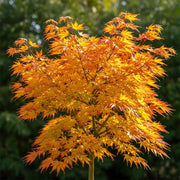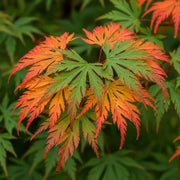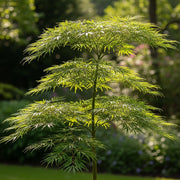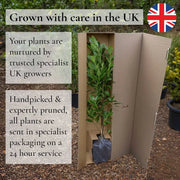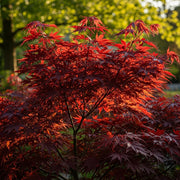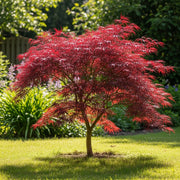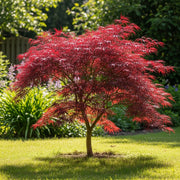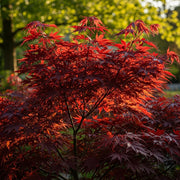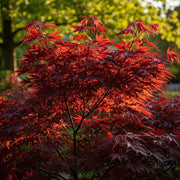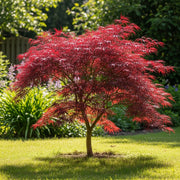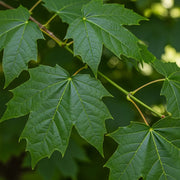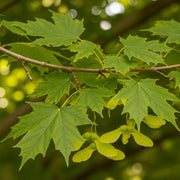Discover our stunning collection of Maple trees, known botanically as Acers, celebrated for their spectacular autumn colour and elegant form. A staple in British gardens, these versatile trees range from the compact and delicate Japanese Maples, perfect for pots and...
Discover our stunning collection of Maple trees, known botanically as Acers, celebrated for their spectacular autumn colour and elegant form. A staple in British gardens, these versatile trees range from the compact and delicate Japanese Maples, perfect for pots and small spaces, to magnificent larger species that create a striking centrepiece. With their distinctive lobed leaves that blaze in shades of red, orange, and gold, Acers provide year-round interest and structure. Browse our expertly curated selection of maple trees for sale and find the perfect specimen to bring breathtaking beauty to your garden.


